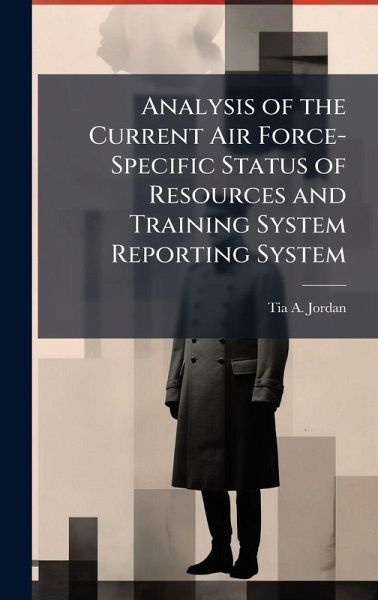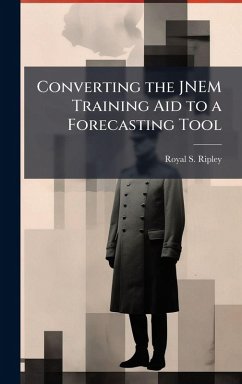
Analysis of the Current Air Force-Specific Status of Resources and Training System Reporting System
Versandkostenfrei!
Versandfertig in über 4 Wochen
28,99 €
inkl. MwSt.
Weitere Ausgaben:

PAYBACK Punkte
14 °P sammeln!
The status of resources and training system (SORTS) is a process that measures the "health" of units and wings in day-to-day preparedness and the ability to execute a major theater war or other scenario envisioned in the national security strategy. With talk of the current reporting system not accurately reflecting units' readiness, it is time to evaluate the system to identify key problems and re-design the process to better reflect units' capabilities. The objective of this thesis was to inform Air Force leadership of the current state of the SORTS system to ensure it was adequate. By survey...
The status of resources and training system (SORTS) is a process that measures the "health" of units and wings in day-to-day preparedness and the ability to execute a major theater war or other scenario envisioned in the national security strategy. With talk of the current reporting system not accurately reflecting units' readiness, it is time to evaluate the system to identify key problems and re-design the process to better reflect units' capabilities. The objective of this thesis was to inform Air Force leadership of the current state of the SORTS system to ensure it was adequate. By surveying current MAJCOM, Wing, Group, and Squadron users on their interpretations of how the system works, this thesis will determine if there are common problems that key users have encountered. This work has been selected by scholars as being culturally important, and is part of the knowledge base of civilization as we know it. This work was reproduced from the original artifact, and remains as true to the original work as possible. Therefore, you will see the original copyright references, library stamps (as most of these works have been housed in our most important libraries around the world), and other notations in the work. This work is in the public domain in the United States of America, and possibly other nations. Within the United States, you may freely copy and distribute this work, as no entity (individual or corporate) has a copyright on the body of the work. As a reproduction of a historical artifact, this work may contain missing or blurred pages, poor pictures, errant marks, etc. Scholars believe, and we concur, that this work is important enough to be preserved, reproduced, and made generally available to the public. We appreciate your support of the preservation process, and thank you for being an important part of keeping this knowledge alive and relevant.












